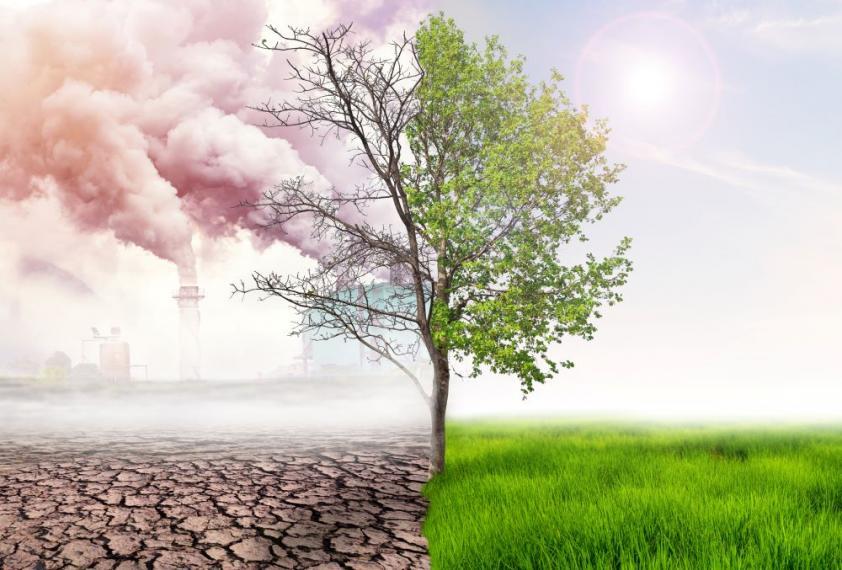How Steel Can Mitigate Climate Change

Steelmaking by-products could be useful for carbon capture and help reduce global warming.
We know that the earth’s temperature has steadily increased since the 19th century. Climate change warms the ocean, melts glaciers, causes natural disasters, and has devastating impacts for humans and wildlife. Carbon dioxide is the most significant greenhouse gas and is released primarily due to human actions such as fossil fuel combustion, cement and steel-making, and certain unsustainable agricultural practices. Scientists are actively searching for ways to reduce carbon dioxide in the atmosphere, such as carbon capture and storage.
Minerals to Capture Carbon
Engineering professor Dr. Rafael Santos and colleagues are studying mineral carbonation and its application for carbon capture. This method involves a reaction between carbon dioxide and calcium or magnesium oxide—compounds abundant in mineral resources—which produces a solid carbonate for storage. Although there have been some commercial implementations of mineral carbonation, it has so far been difficult to implement at a large scale.
Harnessing Industrial Waste
Santos and his colleagues are exploring the potential of industrial waste materials, namely the rock-like by-product of steelmaking, for mineral carbonation. Waste materials could have enormous potential for sustainable carbon storage because of their abundance, with roughly seven billion tonnes of alkaline waste produced annually. However, before these materials can be harnessed on a commercial, world-wide scale, scientists need to understand what happens during the chemical reaction process.
Santos and the team prepared synthetic minerals found in steelmaking slags and examined them using an advanced analytical technique called in-situ x-ray powder diffraction. It provides detailed information about the chemical composition, physical properties, and behaviour of the minerals during the carbonation process. Their results showed that the minerals found in the steelmaking slags were susceptible to mineral carbonation and that the crystal structure of those minerals affected the products and the extent of the carbonation.
“Our findings can be used by steelmakers to purposefully adjust the chemical composition of the slags,” says Santos. “Doing so could lead to waste by-products that are more suitable for mineral carbonation and thus carbon storage.”

Rafael Santos is an Assistant Professor in the School of Engineering.
This work was supported by the Discovery Grant research funding provided by the Natural Sciences and Engineering Research Council of Canada (NSERC) and the travel funding provided by the Fonds Wetenschappelijk Onderzoek, Belgium (FWO).
Chai YE, Miller QR, Schaef HT, Barpaga D, Bakhshoodeh R, Bodor M, Van Gerven T, Santos RM. Pressurized in situ X-ray diffraction insights into super/subcritical carbonation reaction pathways of steelmaking slags and constituent silicate minerals. J Supercrit Fluids. 2021 May 1. doi: 10.1016/j.supflu.2021.105191